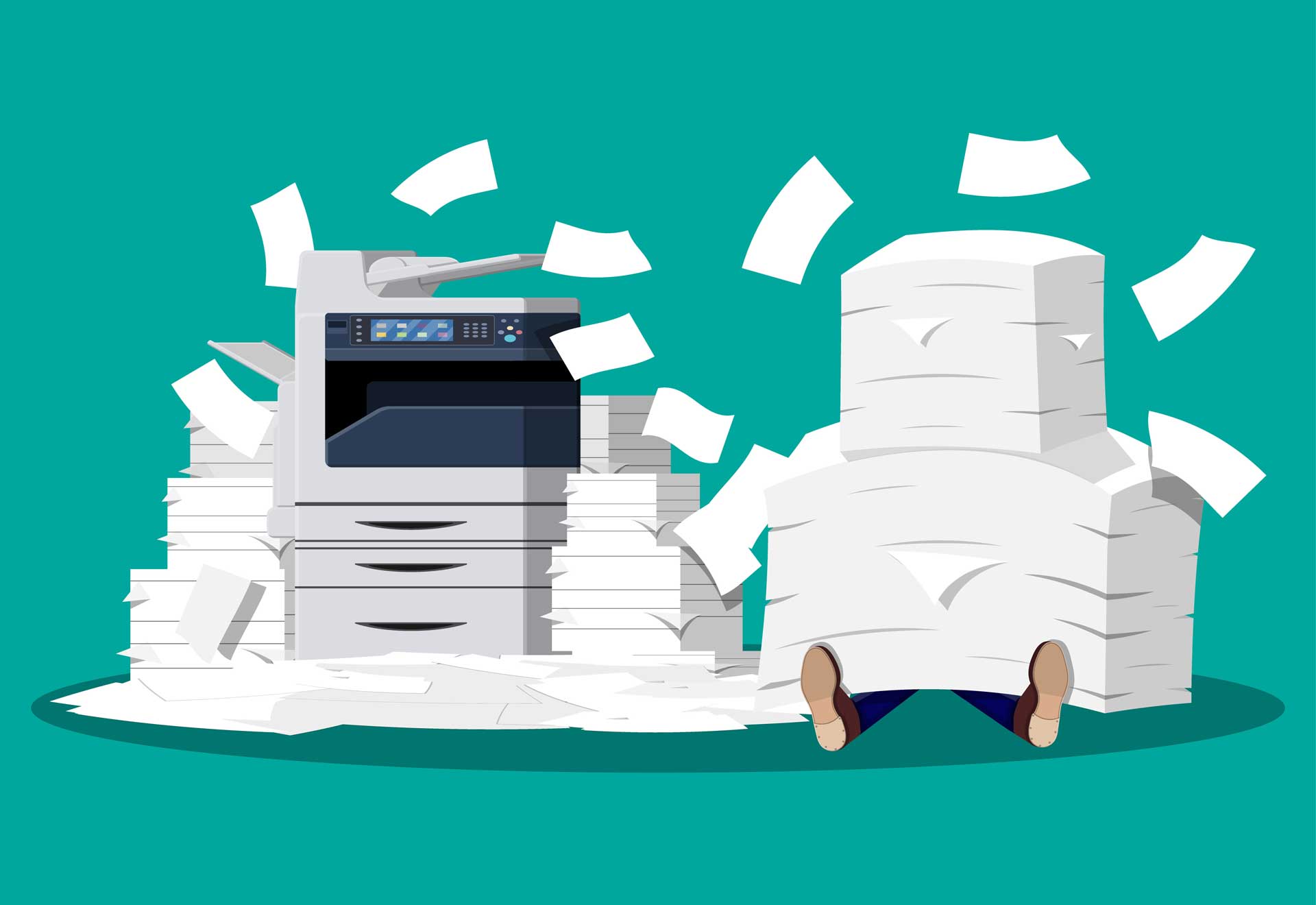
Don’t bury your head in the sand—try out your “modern eyes” to modernize the Army.
by Elizabeth Chirico
Four years ago, I sat at a large table playing cards with several close friends. It was springtime and the topic of filing taxes came up in conversation. Everyone dreaded the thought: confusing forms, the ongoing debate on whether it was better to receive a refund or to owe more tax, ever-changing laws, regulations and policies, shifting income brackets, standard vs. itemized deductions, and eligibility for tax breaks.
Why did taxes have to be such a pain? As we commiserated, I made the comment that it was so much easier to do taxes through an automated software program like Turbo Tax, than to complete them manually by hand. There was a long silence in our usually vivacious group of friends as all eyes fixed on me.
“Wait. Liz, do you mean to say that you did your own taxes by hand before?” they collectively asked me.
“Yes…” I said cautiously. “Didn’t everyone do their taxes by hand at some point?” I asked.
Everyone immediately burst out laughing and exclaimed almost in unison, “What?”

SLOW AND STEADY: You can still file your taxes by hand, but why would you want to? Online e-filing software has made the once arduous process much simpler and faster. (Images by GettyImages)
ADAPTABILITY
Yes. It was true. I used an actual pencil with eraser, hard copy tax forms and massive 1090 federal and state newspaper-print tax booklets to complete my taxes and physically mailed them in to the IRS. There was only one reason I kept doing my taxes that way: because it was comfortable and familiar to me. The process was time-consuming, arduous and frustrating, but I thought it was just a necessary part of life that everyone had to endure. As a creature of habit, comfortable with my established, though less-than-efficient way of doing things, I resisted the convenience of using an automated tax program for several years.
Just over six years ago, when I finally decided to give an automated tax program a try, I was so impressed by its speed, accuracy and efficiency that I vowed never to do taxes by hand again! I chose to let go of the familiar way of doing my taxes manually (even though it was objectively an unpleasant task that I dreaded) and allowed myself to try a new way of doing things that resulted in an even better and more accurate product. I cannot imagine completing—and now never want to complete—my taxes by hand again.
As humans, it’s tough for us to adapt to change, even when changes are neutral or helpful. Change still represents something new or different for us to adjust to that requires focus, energy and detachment from our previous ways of doing things. My resistance to using an automated tax program for several years came from within, fueled by my attachment to the comfortable “way I always did things.”

IN THE FAST LANE: Business process modernization will only be effective if Army personnel trust technology to access important data and complete functions, roles or processes that were traditionally performed manually.
A CHANGED MINDSET
Enacting and embracing modernization efforts across the federal government requires first personal, then practical and eventually institutional mindset changes. The Army will have limited success instituting modernization on a broad scale if no one actively chooses to use the new business tools and modernized systems that the Army develops, designs and deploys. For business process modernization to be effective, it requires each of us, on a personal level, to trust technology to access important data, complete functions, roles or processes that we used to perform manually, combat our natural resistance to change, and cede our sense of personal pride to technology (OK, maybe this software program can actually work more accurately or faster than I can.)
In January of 2020, my team (the Acquisition Innovation through Technology team, Future Operations at the Office of the Deputy Assistant Secretary of the Army for Procurement) developed and deployed the Determination of Responsibility Assistant bot, a tool that completes a manual data look-up process and report in five minutes—a process that, without the bot, takes users up to an hour to complete manually. We wrote about it in the Winter 2020 issue of Army AL&T.
Some users adopted the tool immediately and used it regularly, while others were skeptical and resisted using the tool—even though Army policy mandated its use. Some users wanted to know exactly how the tool worked (we walked them through the process); others wanted to know what they should do if or when the tool was not working properly one day (let us know so we can fix it). Over time, through proactive engagement with 8,000 Army users (and eventually thousands more Air Force and Navy users, too), consistent messaging and transparent communication, we assuaged concerns and users learned to consistently trust the tool and the results it produces.
Building on our users’ trust, our team, now eleven strong and made up of individuals from across the Army contracting enterprise, is working to deliver a variety of new solutions using intelligent automation technologies designed to streamline and modernize existing acquisition business systems and processes. Some focus areas include streamlining the acquisition requirements process, unlocking key pricing insights, tracking government furnished property, using artificial intelligence and machine learning to better analyze Army contract transactional data and execute better market research, among many others.
Combined, these efforts, once fully developed and deployed, will produce extraordinary changes with massive impacts across the Army enterprise. Our goal for these solutions is, once mature, to work as seamlessly as technologies that have embedded themselves into our modern lives today do, like doing sums using a calculator, or navigating using a GPS. Wide-reaching changes to established processes, systems or ways of doing business, brings the necessity for all of us to learn about, adopt, try out and eventually trust new ways of doing things.

THE BAD OLD DAYS: By allowing technology to take over some important but tedious administrative tasks, Army employees modernize by improving processes one at a time—enabling change by embracing it.
CONCLUSION
There are several ongoing formal efforts to modernize legacy systems, processes and functions across the federal government. Process modernization in its many forms offers a variety of key benefits: streamlined processes, improved data transparency, enhanced security and accuracy, reduced time spent on administrative tasks, fewer administrative errors, increases in compliance, lower operating costs and faster access to accurate, timely information to name a few.
With those outcomes in mind, each of us plays a crucial role in adopting modernization. By setting aside our personal attachment to the way we’ve always done things or our familiarity with one process, and allowing technology to take over some of the important but tedious administrative tasks, we modernize by improving processes one at a time, enabling change by embracing it. As we move forward, we just might find ourselves with better work products, more time to solve other critical problems and a good opportunity to laugh about “the old days” when we used to complete an arduous process manually.
ELIZABETH CHIRICO is the acquisition innovation lead in the Office of the Deputy Assistant Secretary of the Army for Procurement. She holds an M.S. in acquisition and contract management from the Florida Institute of Technology and a B.A. in English from the University of Mary Washington. She is Level III certified in contracting and is a member of the Army Acquisition Corps.







